Rohingya-300x203.jpg" alt="Myanmar, Rohingya" width="300" height="203" /> Photo : Anadolu Agency Human Rights Watch (Rongyiha
Hague, 24 Dzulqa’dah 1435/19 September 2014 (MINA) – The Hague: An estimated 10 million people worldwide are not recognised as nationals by any country. The first global forum on statelessness opens in The Hague on Monday ahead of a campaign to eradicate statelessness within a decade.
Here are examples from around the world, according to Burma Times report monitored by Mi’raj Islamic News Agency (MINA):
Myanmar: The Rohingya from western Myanmar have suffered a history of abuse. Unlike the majority population which is Buddhist, they are Muslims of South Asian descent. In 1982, Myanmar passed a law which denied them access to citizenship. Many fled to Bangladesh in 1991 and 1992 following a government crackdown.
Tens of thousands more left Myanmar following ethnic violence in 2012. There are an estimated 800,000 to 1.33 million Rohingya in Myanmar and 200,000 to 500,000 in Bangladesh. Some end up sold into slavery on fishing boats and plantations.
Also Read: Spain to Take Israel to ICC Over Global Sumud Flotilla ‘Hijacking’
Kuwait: Many people among the nomadic Bedouin tribes failed to acquire citizenship when the country became independent in 1961. Their descendents are known as bedoun, which means “without” (nationality) in Arabic. There are an estimated 93,000 to 140,000 bedoun in Kuwait and many more outside. They are barred from free education, healthcare and many jobs. In recent years, bedouns have staged protests calling for the right to nationality.
Ivory Coast: During the 20th century, Ivory Coast encouraged millions of immigrants, particularly from Burkina Faso, Mali and Ghana, to work on its coffee and cotton plantations. At least a quarter of the population is estimated to be of foreign descent. The issue of who is or is not Ivorian helped to fuel the country’s two civil wars. The UN estimates there are 700,000 stateless people in Ivory Coast. Legal reforms in 2013 allow those with deep roots in the country to apply for nationality.
Syria: In 1962 many Kurds in the northeast were stripped of citizenship. Human Rights Watch says the move was part of a plan to “Arabize” the resource-rich region. Before the war there were an estimated 300,000 stateless Kurds in Syria. In reaction to the Syrian uprising in 2011, President Bashar al-Assad promised to give nationality to many stateless Kurds. A 2013 estimate suggested the number of stateless had fallen to 160,000, but this is most likely because so many have fled the war. Because of the conflict, babies born to Syrian refugee women living in Lebanon and Jordan could end up stateless.
Nepal: Hundreds of thousands of people are believed to be stateless in Nepal although there is no official figure. Part of the problem derives from laws which prevent women passing their nationality to their children. There is also a stateless population of people who were expelled by Bhutan in the 1990s.
Also Read: After Release, Greta Thunberg Urges World Not to Look Away from Gaza
THAILAND: More than 500,000 people are stateless. Many are from ethnic hill tribes such as the Yao, Hmong and Karen who live in the mountainous border with Myanmar and Laos and have distinct languages and cultures. The government denies them ID cards or access to state services, leaving them vulnerable to trafficking. The stateless ‘Sea Gypsies’ along the Andaman coast live semi-nomadic lives.
Dominican Republic: Over the past decade the Dominican government has made changes to its citizenship laws mainly affecting people of Haitian descent born in the Dominican Republic. A 2013 court ruling, along with the earlier changes, has left an estimated 210,000 stateless.
Iraq: The number of stateless has been estimated at 120,000, but the government disputes the figure and it was under review until the current crisis hit. There are several groups of stateless people, including Faili Kurds. In 1980, 220,000 to 300,000 Faili Kurds were stripped of citizenship and many forced across the border into Iran. Under a 2006 law those who were denaturalised can reacquire Iraqi nationality and many have.
Estonia/Latvia/Russia: When the Soviet Union broke up, many ethnic Russians were stranded in the new Baltic states and defined as “non-citizens”. In Estonia and Latvia, ethnic Russians have trouble obtaining citizenship and are often discriminated against. UN figures for 2013 show there are over 90,000 in Estonia and over 280,000 in Latvia. In Russia there are 178,000 stateless people.
Also Read: Dutch Medical Association Nominates Dr. Hussam Abu Safiya for Nobel Peace Prize
Europe: The Roma, an ethnic group with origins in India, are concentrated in central and eastern Europe. Tens of thousands have no nationality. The break-up of Czechoslovakia and Yugoslavia caused difficulties when successor states claimed they belonged somewhere else. Other Roma in Kosovo and Bosnia have become stateless due to war-time displacement. Roma families often do not register a child’s birth and do not hold official property titles, preferring to pass houses to relatives informally, making it difficult to prove where they are from.
Malaysia: Tens of thousands of children in the Malaysian state of Sabah in Borneo are stateless. They are the children of Indonesians and Filipinos who have migrated to work, often in palm oil plantations. They have no rights to education or healthcare and many end up as child labourers. Mass deportations mean some children get stranded without their parents.(T/P004/P3)
Mi’raj Islamic News Agency (MINA)
Also Read: Italian MEP Describes Mistreatment by Israel After Joining Gaza Aid Flotilla





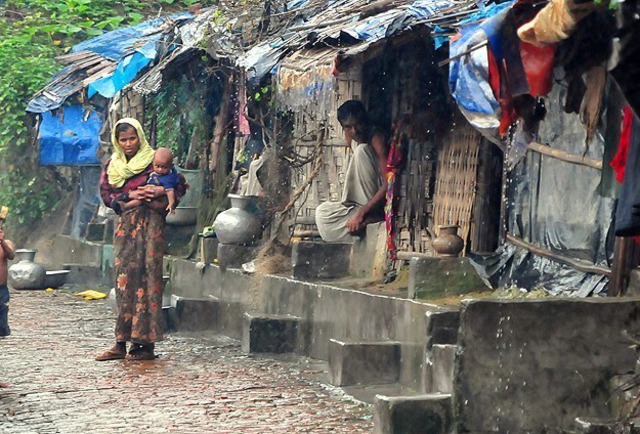


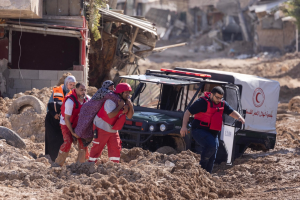
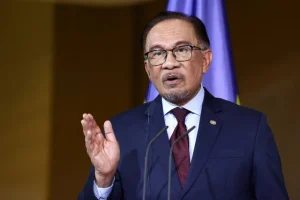
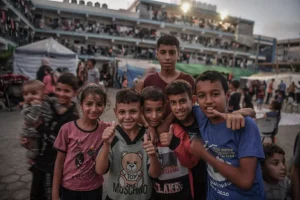
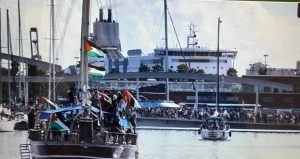


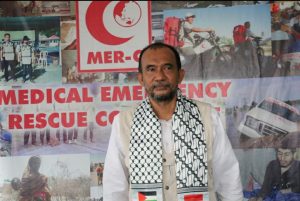

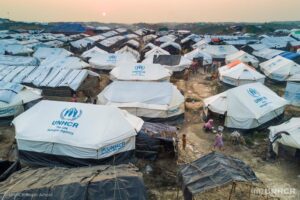
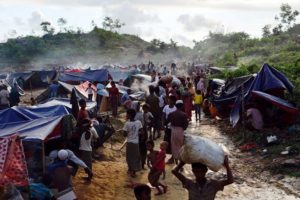

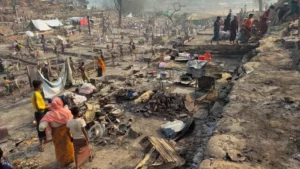



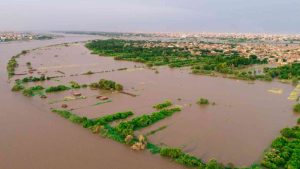





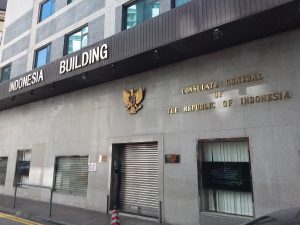
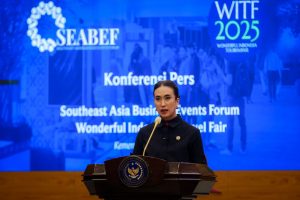
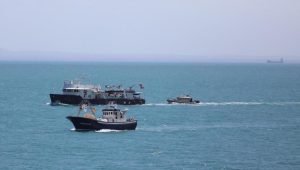



 Mina Indonesia
Mina Indonesia Mina Arabic
Mina Arabic